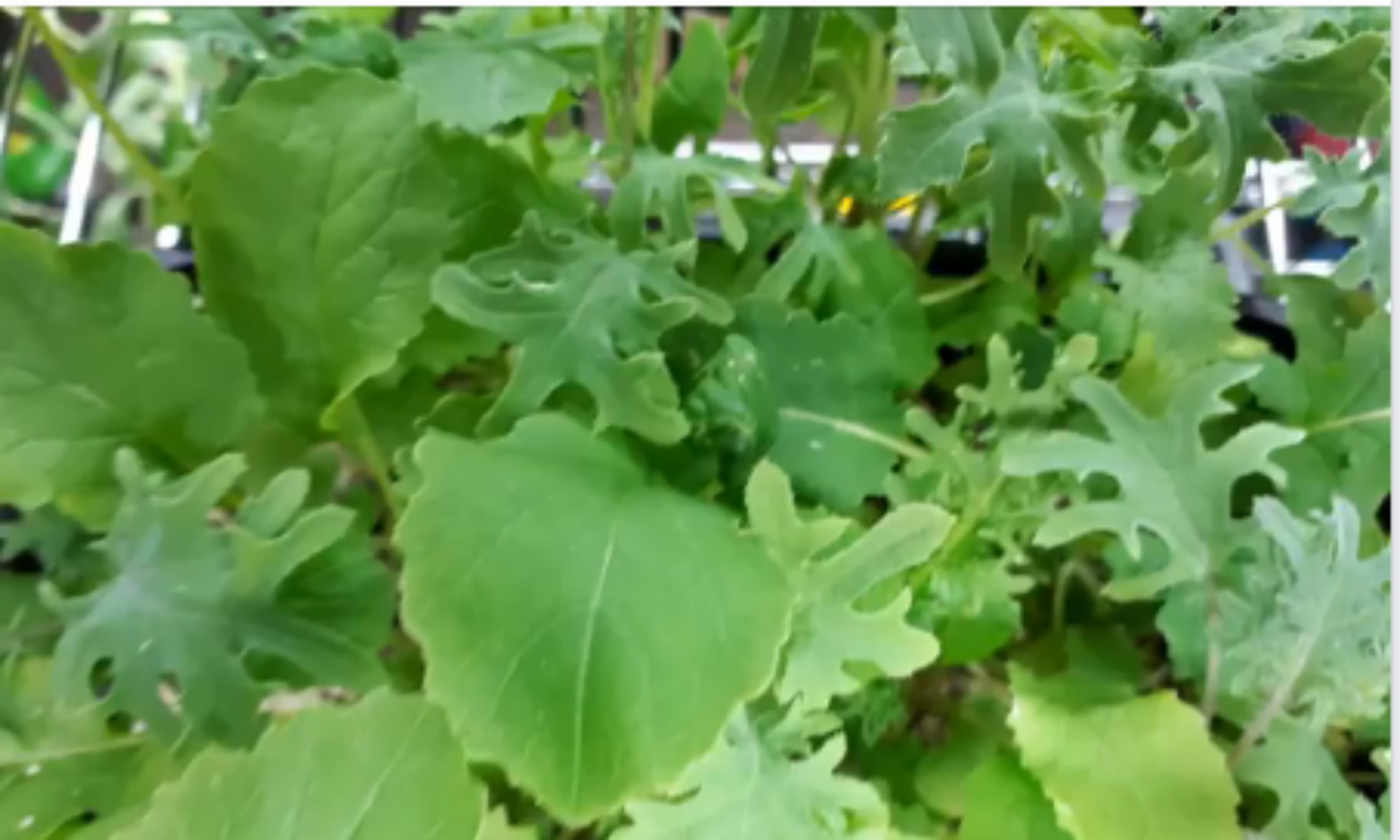The better question is – What is Finishing Salt?
Most people have heard of kosher, sea salt, and Himalayan salts. Within those categories are Flaked Sea Salt, and Himalayan Pink and Black. There are also Smoked Salt, Fleur de Sel, and Black Lava. Fleur de Sel is a premium salt harvested in Brittany on the south coast of France. They harvest the salt crust from the surface of seawater ponds as they evaporate. Black Lava is harvested in Hawaii and combined with activated charcoal from lava. Black Lava is helpful for digestion and provides essential minerals. If you love the smokey flavour from the BBQ you’ll enjoy B. Kosher is a coarse-grained salt, but to be labeled as Kosher it must be certified by a Jewish Institute. The harvesting and processing of salts is an ancient one. Archeologists have found records of production from 8000 years ago.
We get our gourmet flaked sea salt from a Canadian supplier. They harvest salt water from the pristine coastline of Oyster Bay, on the Canadian Pacific. It is hand-harvested and filtered for impurities. They follow a very hands-on process.
How to Store Salt
Finishing salt keeps well in a sealed jar in a cool dry location, like a pantry. Do not store it near your stove or any place where it is exposed to steam from cooking. It will cause your salt to clump store it and don’t store it in the fridge. It will absorb moisture. Sea salts and Himalayans can last forever if properly stored. Ceramics, glass, or pottery are the best ways to store salt. Do not use cardboard, metal, or plastic due to the corrosive properties of salt.
How to Enjoy Salts
Flaked salt can be sprinkled on everything from your breakfast eggs to a beautiful piece of dark chocolate. Finishing salts are natural, unrefined salts usually served in a pinch bowl at the table. Finishing salts are sprinkled on to add extra seasoning and crunch. But the best sprinkle has to be reserved for that great bowl of popcorn. You can add dried herbs to flaked salt. In our case, we have added Rosemary and Sage/Parsley/Rosemary. Both add amazing flavour to meats, fish, vegetables, and even cheddar biscuits. One of my favorite ways to enjoy our herbal flaked salts is over sliced tomato on an open-faced sandwich.






 Deville Market at North Cooking Lake.
Deville Market at North Cooking Lake.



 especially nice when you have ingredients like
especially nice when you have ingredients like 


